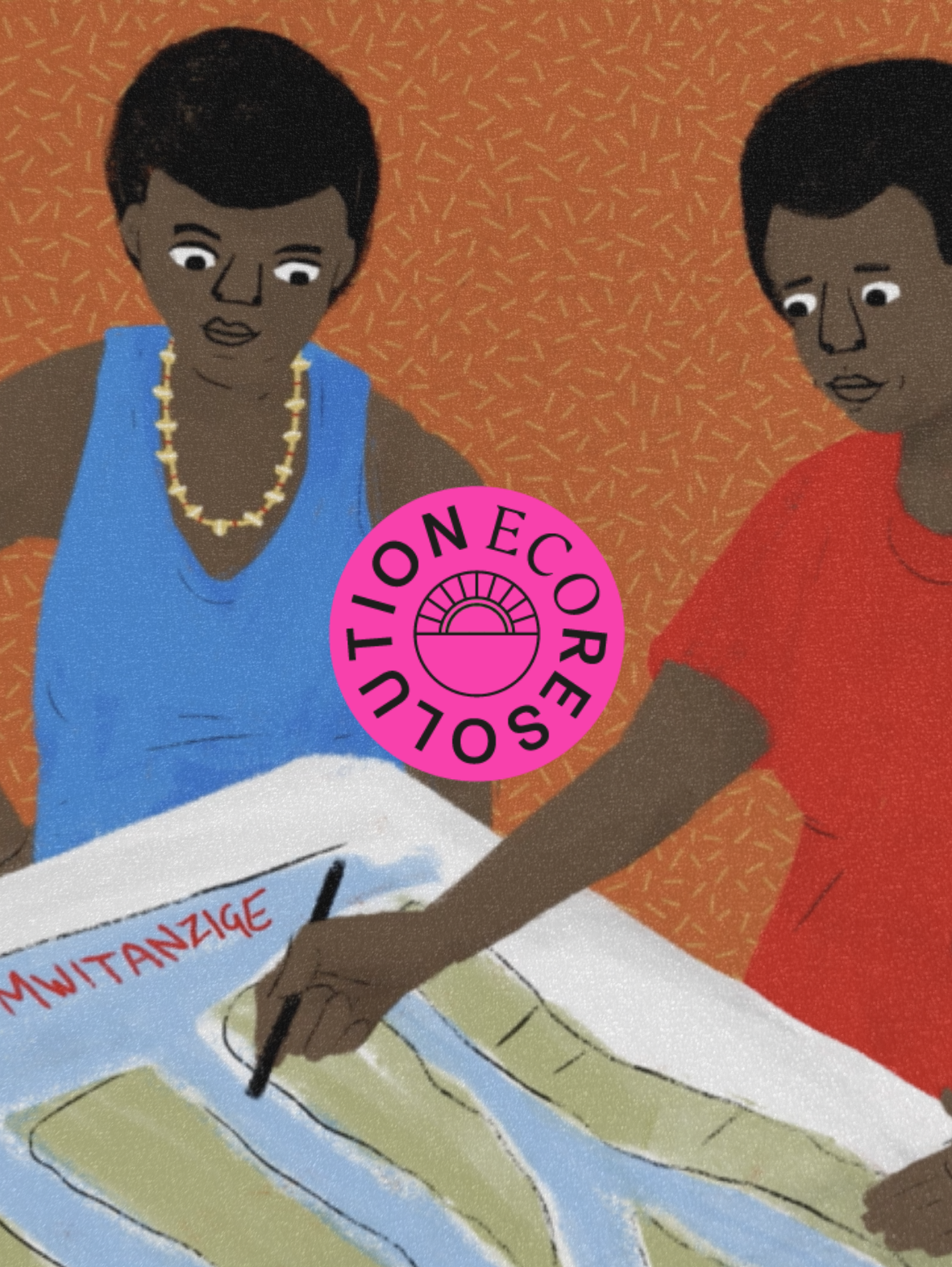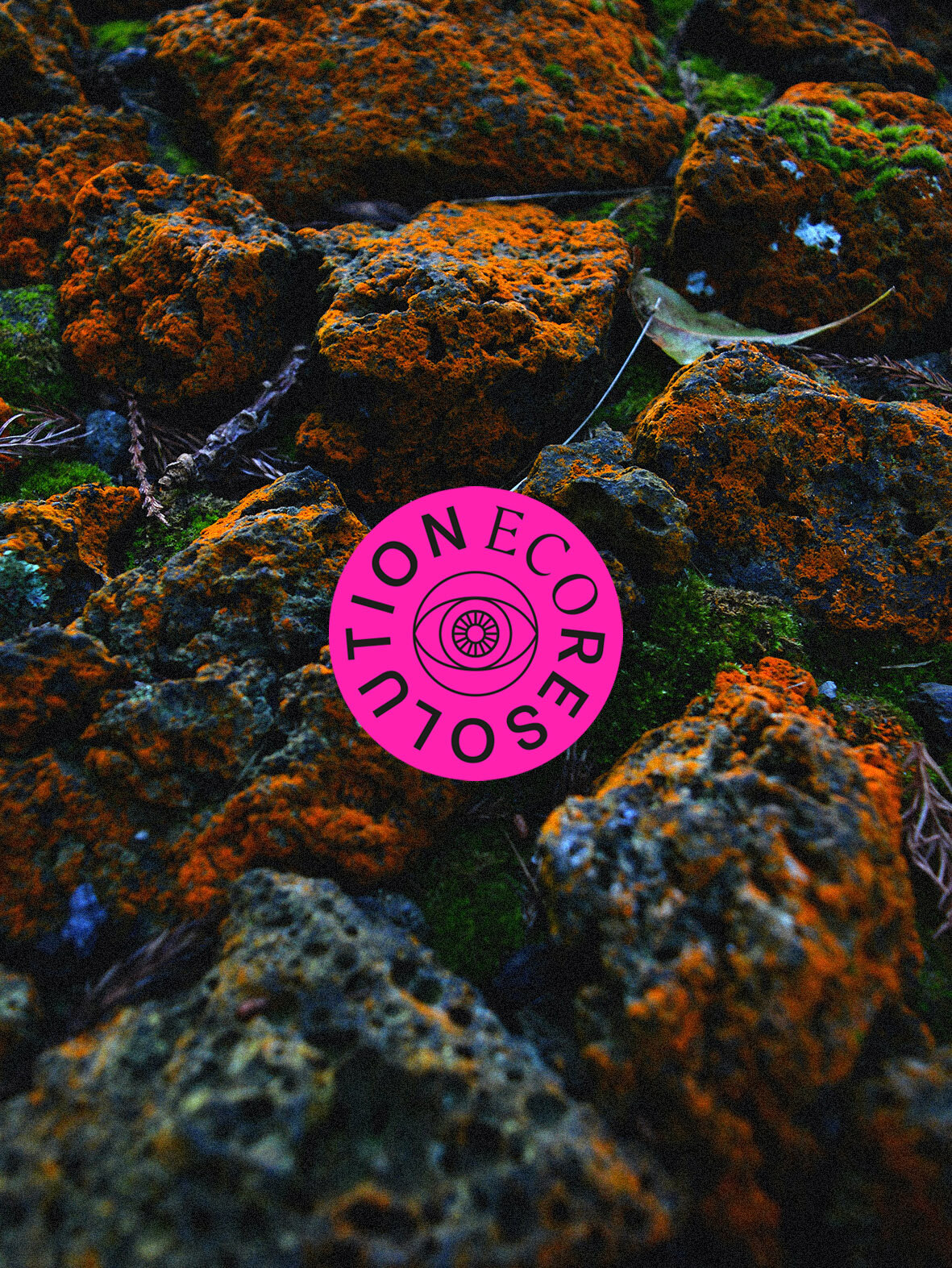Decolonising Stories | from Uganda, Zimbabwe and Kenya
Author: Hannibal Rhoades | Republished with permission. Read more articles from The Ecologist, publisher of free, daily, environmental news.
Mapping the future in Buliisa, Uganda. Illustration: Tim Hawkins
Indigenous and traditional communities across Africa are taking matters into their own hands, reviving their climate-critical lands, waters and Earth-centred cultures in the midst of the climate crisis. Here, three storytellers from Uganda, Zimbabwe and Kenya share how Indigenous communities are reviving culture and restoring nature where they are.
In these three animations - launched by the African Earth Jurisprudence Collective - storytellers from Uganda, Zimbabwe and Kenya explore how communities are turning the tides on a recent history of loss and destruction in their homelands.
Each story is told in the words of Earth Jurisprudence Practitioners Simon Mitambo, Method Gundidza and Dennis Tabaro, who have been accompanying these communities on their journey towards revival using holistic methodologies learnt from Indigenous communities in the Colombian Amazon, including community dialogues and eco-cultural mapping.
They are a testament to the fact that alternatives to the industrial growth economy already exist. That the damages and losses suffered since colonisation can be healed.
Each animation demonstrates the immense value of Indigenous knowledge and practices in navigating the multiple ecological and social crises of our times.
They are a testament to the fact that alternatives to the industrial growth economy and the crises it is forcing on all humanity already exist. That the damages and losses suffered since colonisation can be healed. That, by collaborating with other species in our home territories, we can reweave the fabric of life.
Restoring Custodians of Life in Buliisa, Uganda
From the shores of Lake Mwitanzige (Lake Albert) Dennis Tabaro shares his own story of transformation, from accountant to Earth Jurisprudence Practitioner, as well as how the Indigenous Bagungu People in Buliisa, Uganda, are restoring their sacred natural sites, respect for custodians, and clan governance systems in the shadow of oil extraction by oil major Total.
“The Bagungu had been told their traditional ways of living were backward, even satanic. Elders who still held deep knowledge of how to care for Nature were called witches and had to hide away…”
But now, custodians are reclaiming and protecting sacred places, where fish are spawning and birds are nesting once again. They have gained confidence and the local government is listening to them – a law has been passed to protect their sacred natural sites that recognises the role of the custodians. This is a first in Africa. The Bagungu are walking a path towards decolonisation that others will be able to follow.”
An animation from the African Earth Jurisprudence Collective 2021 | Created by Tim Hawkins. With thanks to the people of Buliisa, Uganda.
Weaving Grains of Hope in Bikita, Zimbabwe
In Bikita, Zimbabwe, Method Gundidza narrates the story of how five nearby communities have catalysed a transformation in their food and farming system, as well as in their relationship with wild places and sacred natural sites, by reviving indigenous varieties of millet, their most sacred crop.
“We are on a mission to revive the traditional crop varieties suited to our lands and climate. Our success in this task is exemplified by millet, which has helped weave our community together again…”
The old varieties of millet are now growing in our fields once again. The elders and women who know these seeds have regained confidence and respect. We have brought back our collective harvest and millet ceremonies, strengthening our community. The granaries we use to store our seeds have been rebuilt, preserving enough seed each year to see us through.”
An animation from the African Earth Jurisprudence Collective 2021 | Created by Tim Hawkins. With thanks to the people of Bikita, Zimbabwe.
Reviving the Land of the Bees in Tharaka, Kenya
From the red hills of Tharaka, Simon Mitambo shares how his people are turning the tide on a recent history of cultural and ecological loss in their ancestral lands by reviving their traditions, including bee-keeping, traditional dress and the ecological governance of their territory.
“Seeing the losses, feeling the pain of the bees, we decided something must be done. For the past five years we have been working to turn the tide on this history of loss in our own lands…”
We are protecting the plants we use to make our hives, the trees they will hang in and the wild places where bees feed. We are encouraging everyone to abandon pesticides and use organic farming methods.”
An animation from the African Earth Jurisprudence Collective 2021 | Created by Tim Hawkins. With thanks to the people of Tharaka, Kenya.
Learn more about indigenous wisdom, the issues of industrial growth, the links between colonialism and capitalism, and the role of ecosystem restoration across our topics: Indigeneity, New Economies, and Ecosystem Restoration.
Watch more learnings, interviews, and stories here.
Hannibal Rhoades is Head of Communications at The Gaia Foundation, a founding member of the African Earth Jurisprudence Collective. Sign up for The Gaia Foundation's Earth Jurisprudence newsletter.
These animations are produced by animator Tim Hawkins and founding members of the African Earth Jurisprudence Collective, SALT in Kenya, AFRICE in Uganda, EarthLore in Zimbabwe and South Africa and The Gaia Foundation in the UK.





